Elon Musk’s DOGE Initiative: Can AI Decide Which Federal Jobs to Cut?
Imagine a world where Artificial Intelligence (AI) is not only driving cars or recognizing faces but also determining which government jobs are essential and which should be cut. This concept, once considered a distant possibility, is now being proposed by one of the most influential figures in technology, Elon Musk. Through his latest venture, the […] The post Elon Musk’s DOGE Initiative: Can AI Decide Which Federal Jobs to Cut? appeared first on Unite.AI.


Imagine a world where Artificial Intelligence (AI) is not only driving cars or recognizing faces but also determining which government jobs are essential and which should be cut. This concept, once considered a distant possibility, is now being proposed by one of the most influential figures in technology, Elon Musk.
Through his latest venture, the Department of Government Efficiency (DOGE), Musk aims to revolutionize how the U.S. government operates by using AI to streamline federal operations. As this ambitious plan is examined, an important question comes up: Can AI really be trusted to make decisions that affect people's jobs and lives?
Such decisions will profoundly influence the future of work in the public sector. With the development of Musk's vision for a more efficient government, it is essential to think about the broader effects of depending on AI to change the federal workforce.
What is Elon Musk’s DOGE Initiative?
The DOGE Initiative is Elon Musk's ambitious plan to modernize and make the U.S. federal government more efficient by using AI and blockchain technologies. The main goal of DOGE is to reduce waste, improve how government functions, and ultimately provide better services to citizens. Musk, known for his innovative approach to technology, believes the government should operate with the same efficiency and agility as the tech companies he leads.
In simple terms, the DOGE Initiative seeks to streamline various government processes, such as budgeting, resource management, and workforce planning. One of the most notable aspects of this plan is Musk’s proposal to use AI to evaluate federal jobs, with the possibility of eliminating positions that are considered unnecessary, inefficient, or outdated. This is not just about cutting costs but is part of a larger vision to modernize how the entire government operates.
Musk’s involvement with Dogecoin, a cryptocurrency that started as a joke but has gained significant attention, is also tied to the initiative. Although Dogecoin was initially seen as a meme, Musk has helped bring it into the mainstream, and he now intends to use cryptocurrency and blockchain technology to enhance transparency, efficiency, and security in implementing DOGE. AI would play a central role in managing resources, including human resources, within the government.
The initiative has already ignited discussions, particularly about Musk's plan to reduce the size of the federal workforce to around 75%. This ambitious proposal could significantly impact major government agencies, which are among the targets for spending cuts and restructuring. With such a drastic reduction, the implications for federal employees and the services they provide are profound, raising questions about the role of AI in making these decisions and the broader impact on the future of government work.
The DOGE Initiative also reflects the growing role of AI in government operations. While AI has already been applied in areas like fraud detection, predictive policing, and automated budget analysis, the DOGE Initiative takes this a step further by proposing AI’s involvement in managing the workforce. Some federal agencies are already using AI tools to improve efficiency, such as analyzing tax data and detecting fraud or helping with public health responses. The DOGE Initiative expands this by suggesting that AI could entirely reshape workforce management, not just improve services.
In recent updates, it has been reported that AI systems would be used to conduct spending reviews and audits of government operations. The goal is to identify inefficiencies in both spending and staffing, with AI potentially flagging roles or programs that no longer align with government priorities. While some see this as a chance to reduce waste, others worry about the broader impact on workers and the future of government services.
The Role of AI in Streamlining Government Jobs: Efficiency and Automation
The basic idea behind using AI for federal job cuts is to analyze various aspects of government operations, particularly the performance and productivity of employees across departments. By gathering data on job roles, employee output, and performance benchmarks, AI could help identify areas where automation could be applied or where positions could be eliminated or consolidated for better efficiency. For example, AI could flag roles that are redundant due to overlapping responsibilities across departments or those that have become obsolete due to technological advancements.
In the private sector, AI has already been widely adopted for similar purposes. Companies are using AI to automate repetitive tasks, optimize operations, and even handle aspects of hiring and employee management. Now, AI is slowly making its way into public services as well. Elon Musk’s DOGE Initiative takes this trend a step further, proposing that the government adopt a similar level of efficiency and cost-cutting measures. However, a critical question arises: Can AI replace human judgment in workforce decisions, or are there elements that require a more nuanced approach?
AI systems designed to identify jobs for cuts would focus on several key factors:
- Job Productivity: How much value does a particular role bring to the overall function of the government? If an employee's output falls below a certain threshold, AI could flag the role as redundant.
- Task Automation Potential: Does the role involve repetitive tasks that could be automated by machines or software? Positions with easily automatable tasks, such as data entry or essential administrative work, might be flagged for elimination or reallocation.
- Cost-Benefit Analysis: What is the financial impact of retaining a position? AI could weigh the salary of a federal employee against the value they contribute, determining whether the cost is justified in terms of the department's objectives.
For instance, administrative roles involving simple tasks are likely to be flagged as expendable. At the same time, more complex, human-centered jobs, such as those in healthcare or social services, may be more challenging for AI to evaluate. These roles require emotional intelligence and contextual understanding, areas where AI still faces significant limitations.
Ethical Trade-Offs: Bias, Transparency, and the Human Cost of AI-Driven Cuts
The initiative to use AI in federal job cuts raises grave ethical concerns, particularly around the balance between efficiency and human values. While Elon Musk's DOGE Initiative promises a more streamlined and tech-driven government, the risks of bias, lack of transparency, and dehumanization need careful consideration, especially when people’s jobs are at stake.
One of the most concerning issues is bias. AI systems rely on data to make decisions, and if that data reflects historical biases, those biases can be replicated by the algorithms. For example, if past hiring practices favored certain demographic groups, AI might inadvertently prioritize keeping those groups, further deepening inequalities.
Another concern is transparency. AI models, particularly those based on machine learning, often function as black boxes, meaning it is hard to understand how they arrive at certain conclusions. If an AI decides a job is redundant, it can be challenging to know which factors influenced that decision, whether it was based on productivity scores, cost, or other metrics. Without clear explanations, employees and policymakers are left in the dark, which undermines trust, especially in a sector like government that values fairness and accountability.
The issue of privacy also plays a critical role in the debate. To assess roles and performance, AI would need access to sensitive data such as employee reviews, salary histories, and internal communications. While blockchain technology could provide a secure way to handle this information, there are still risks.
While proponents argue that AI could save billions by cutting down on unnecessary roles, the human cost of such decisions cannot be ignored. Reducing the size of the federal workforce, especially by hundreds of thousands of positions, could destabilize local economies that depend on federal jobs, particularly in administrative and support roles. Consequently, communities could see a drop in consumer spending, and social services could be strained as displaced workers struggle to find new opportunities. Even if Musk’s plan includes reinvesting savings into areas like healthcare, the challenge of transitioning displaced workers remains a significant gap in the proposal.
Despite these concerns, there are valid arguments for using AI in federal job cuts. AI could help make the process more objective by targeting inefficiencies rather than allowing politics to influence decisions. Automating repetitive tasks, such as form processing, would free up human workers to focus on more complex, public-facing roles. Additionally, integrating blockchain technology could provide taxpayers with real-time transparency about how government funds are being allocated.
However, the drawbacks are considerable. AI lacks the emotional intelligence to understand the human impact of layoffs, such as the effect on morale or the value of institutional knowledge. Many workers displaced by AI-driven decisions may not have the skills required for the new roles that are created by technological advancements, leading to long-term unemployment. There’s also the risk that centralizing workforce decisions in AI systems could make them attractive targets for hackers.
For the DOGE Initiative to succeed, it is essential to put safeguards in place. This could include third-party audits of AI's training data and decision-making processes to ensure fairness. Mandates for AI to explain how it arrives at layoff recommendations also help ensure transparency. Additionally, offering reskilling programs to affected workers could ease the transition and help them develop the skills needed for emerging tech roles.
The Bottom Line
In conclusion, while Elon Musk’s DOGE Initiative presents an interesting vision for a more efficient and tech-driven government, it also raises significant concerns. The use of AI in federal job cuts could streamline operations and reduce inefficiencies, but it also risks deepening inequalities, undermining transparency, and neglecting the human impact of such decisions.
To ensure that the initiative benefits both the government and its employees, careful attention must be given to mitigating bias, ensuring transparency, and protecting workers. By implementing safeguards such as third-party audits, clear explanations of AI decisions, and reskilling programs for displaced workers, the potential for AI to improve government operations can be realized without sacrificing fairness or social responsibility.
The post Elon Musk’s DOGE Initiative: Can AI Decide Which Federal Jobs to Cut? appeared first on Unite.AI.


























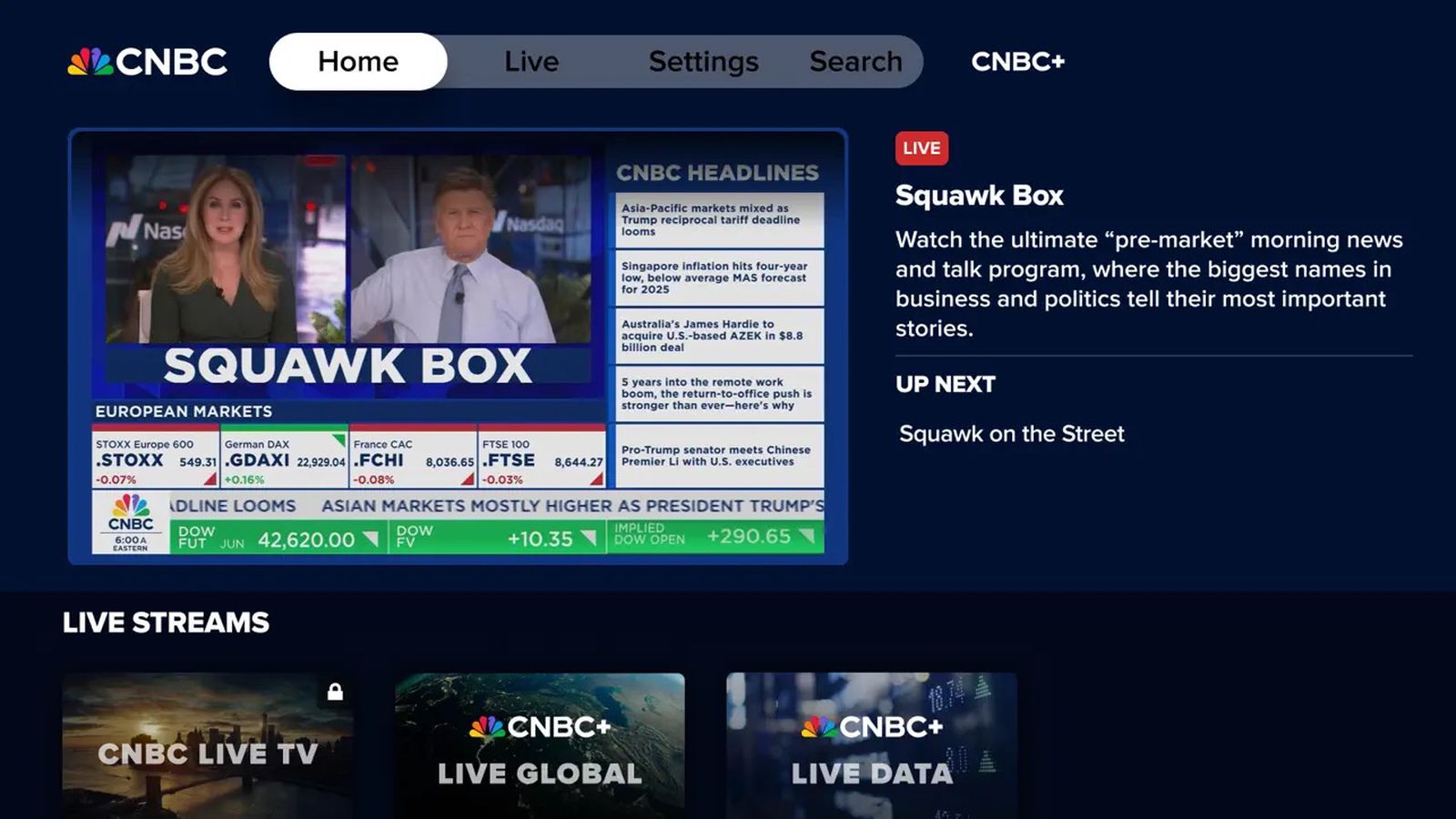

























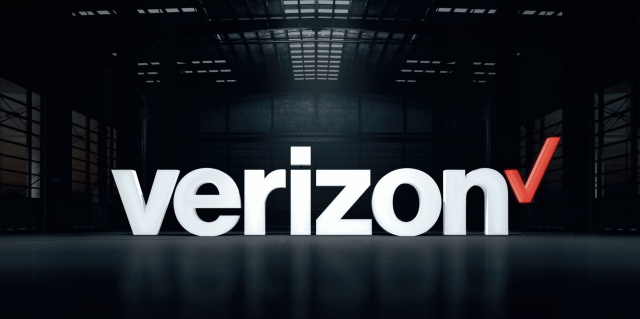








![Apple Releases macOS Sequoia 15.5 Beta to Developers [Download]](https://www.iclarified.com/images/news/96915/96915/96915-640.jpg)
![Amazon Makes Last-Minute Bid for TikTok [Report]](https://www.iclarified.com/images/news/96917/96917/96917-640.jpg)
![Apple Releases iOS 18.5 Beta and iPadOS 18.5 Beta [Download]](https://www.iclarified.com/images/news/96907/96907/96907-640.jpg)
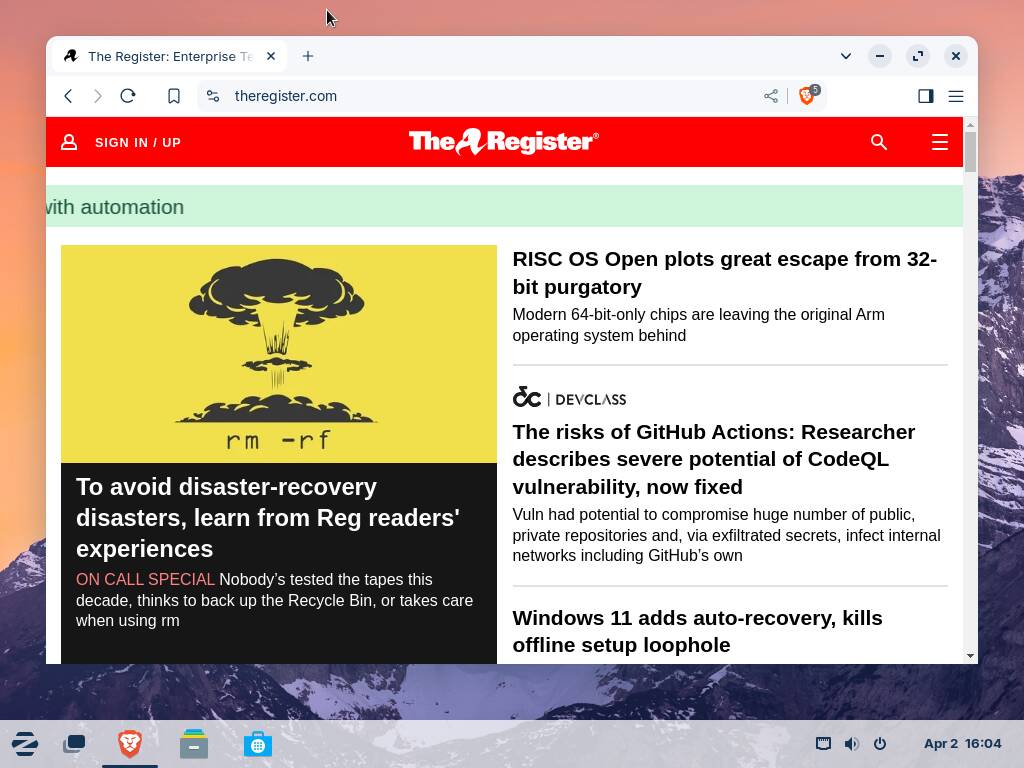

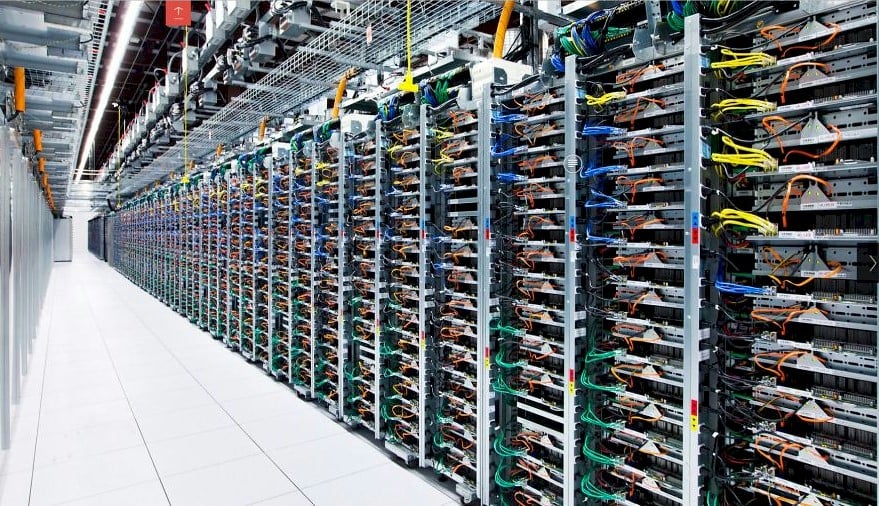


















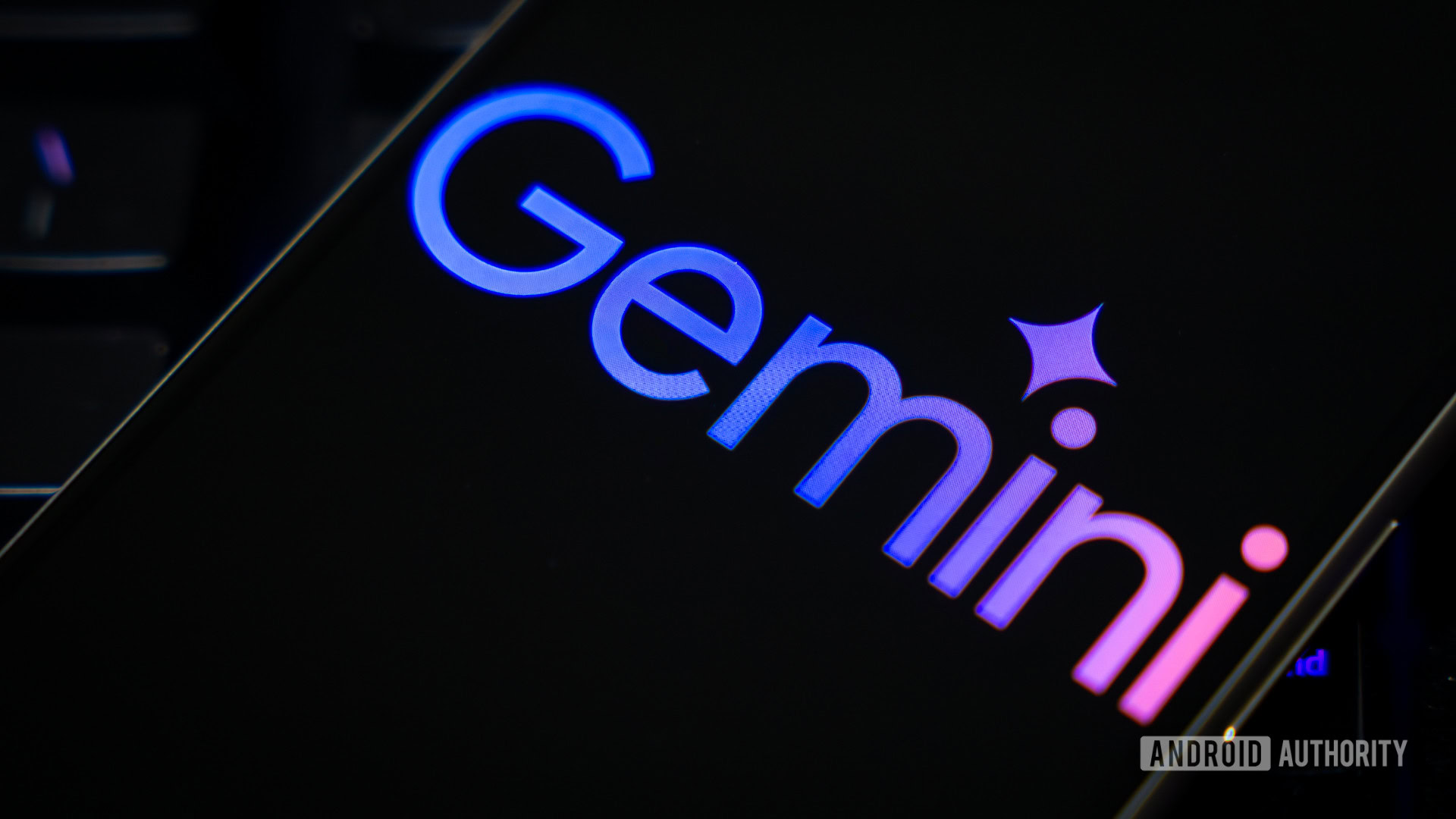











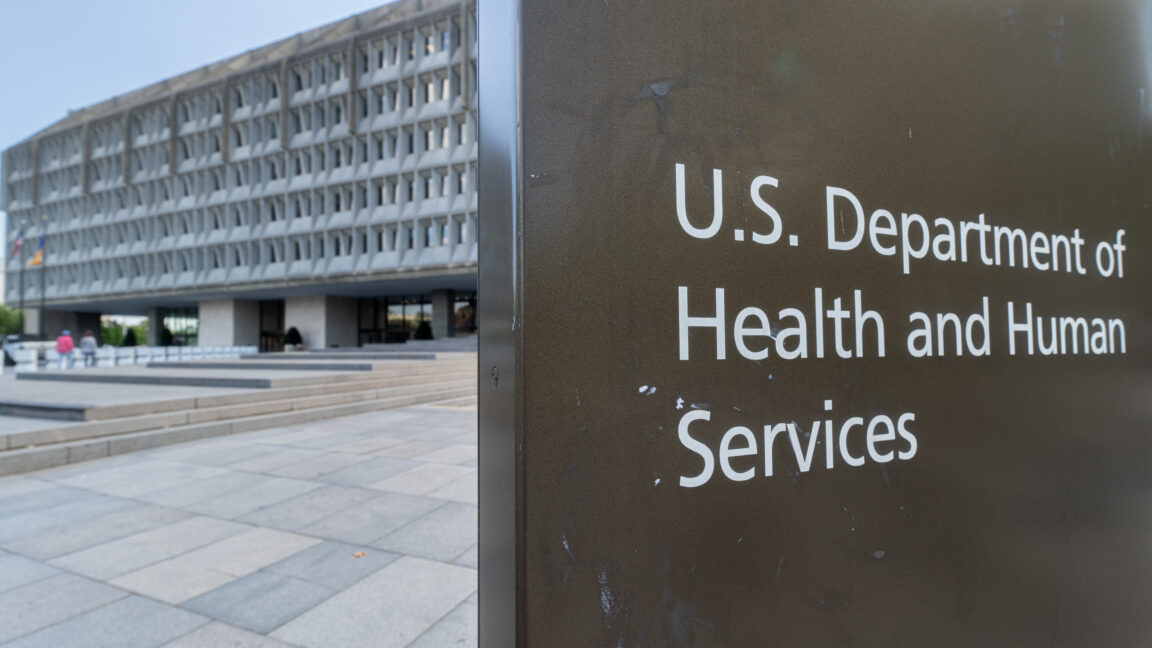












































































.jpg?#)












































































![[The AI Show Episode 142]: ChatGPT’s New Image Generator, Studio Ghibli Craze and Backlash, Gemini 2.5, OpenAI Academy, 4o Updates, Vibe Marketing & xAI Acquires X](https://www.marketingaiinstitute.com/hubfs/ep%20142%20cover.png)























































































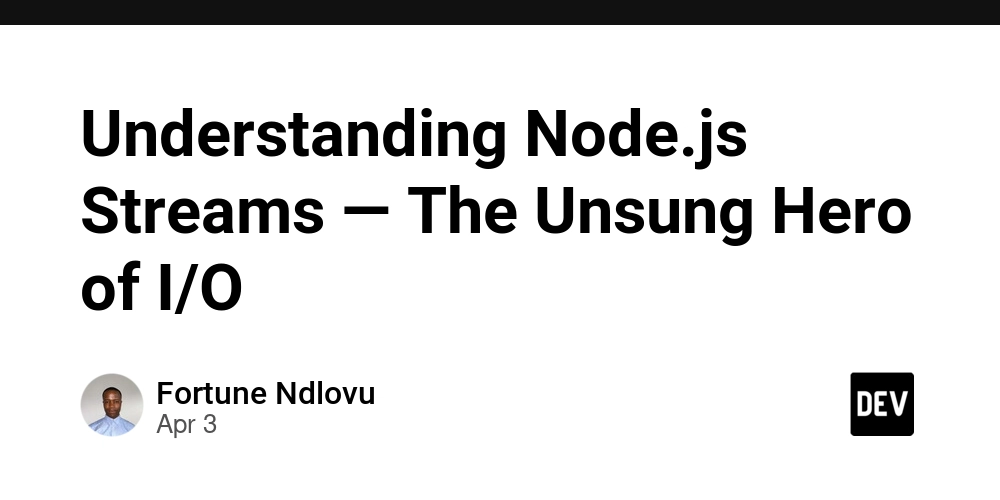

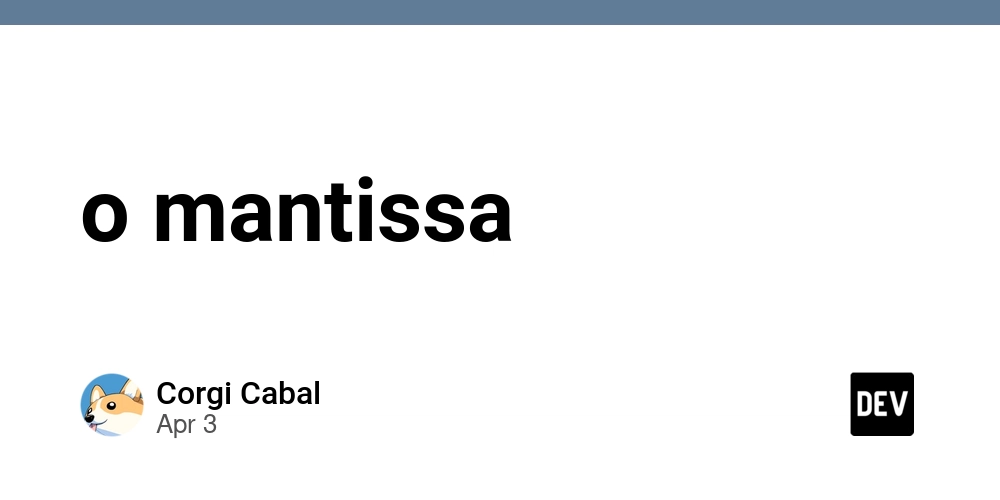





















![Is this a suitable approach to architect a flutter app? [closed]](https://i.sstatic.net/4hMHGb1L.png)




















![[DEALS] Microsoft Office Professional 2021 for Windows: Lifetime License (75% off) & Other Deals Up To 98% Off – Offers End Soon!](https://www.javacodegeeks.com/wp-content/uploads/2012/12/jcg-logo.jpg)



























-Nintendo-Switch-2-–-Overview-trailer-00-00-32-(1)_HCqcxO1.png?width=1920&height=1920&fit=bounds&quality=80&format=jpg&auto=webp#)

































































